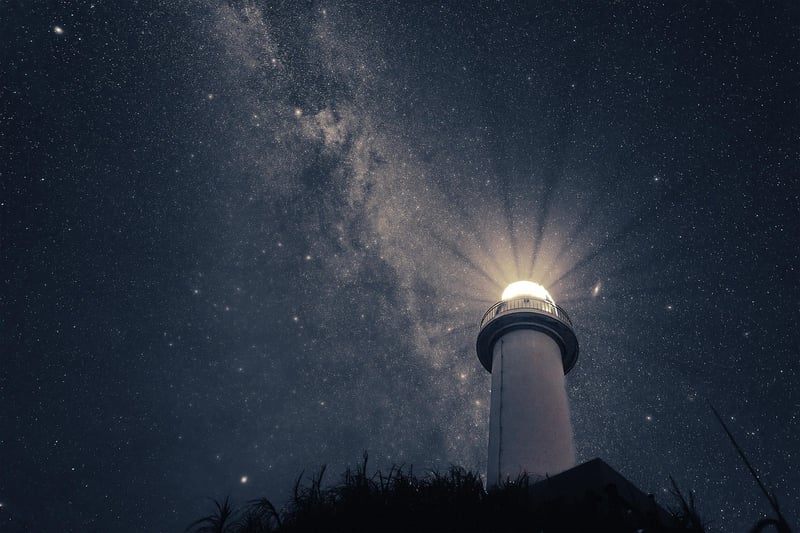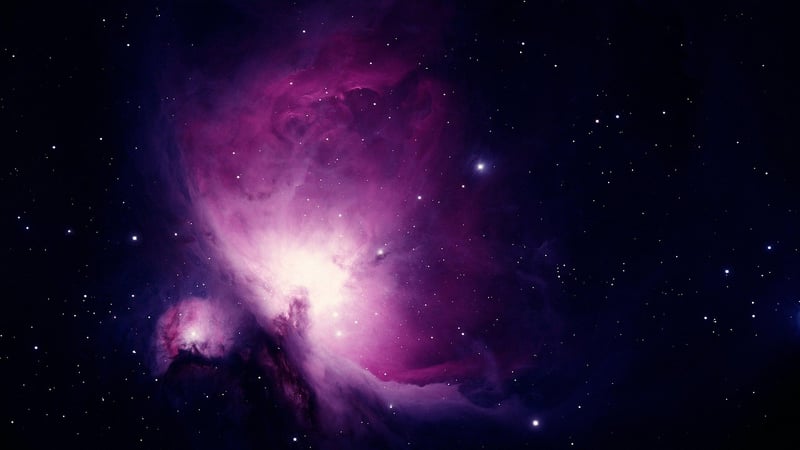Stellar Evolution
#Astronomical Objects
#Star Formation
#Space Missions
Exploring Celestial Bodies and Stellar Evolution
Introduction to Celestial Bodies
Celestial bodies are natural objects that exist in space, such as planets, moons, asteroids, comets, and stars. These objects play a crucial role in understanding the vastness and complexity of our universe.
Types of Celestial Bodies
- Planets: These are large bodies that orbit around a star and do not produce light of their own.
- Moons: Natural satellites that orbit planets and assist in various astronomical studies.
- Asteroids: Small rocky bodies that orbit the Sun, primarily found in the asteroid belt between Mars and Jupiter.
- Comets: Icy bodies that release gas or dust when they approach the Sun, creating a visible coma or tail.
- Stars: Luminous spheres of plasma held together by gravity, where nuclear fusion reactions produce energy.
Stellar Evolution
Stellar evolution refers to the life cycle of a star, from its formation to its eventual demise. Stars go through different stages based on their mass, eventually leading to their transformation into various celestial bodies.
Key Stages of Stellar Evolution
- Nebula: The birth of a star begins in a cloud of gas and dust called a nebula.
- Protostar: Gravity causes the nebula to contract, forming a protostar as the core temperature rises.
- Main Sequence: The star enters a stable phase where nuclear fusion occurs, balancing gravitational collapse.
- Red Giant/Supergiant: Depending on the star's mass, it expands into a red giant or supergiant as it runs out of fuel.
- Supernova: Massive stars undergo a supernova explosion, scattering elements into space and potentially forming neutron stars or black holes.
- White Dwarf/Black Dwarf: Lower-mass stars end their evolution as white dwarfs, while black dwarfs result from the cooling of white dwarfs.
Conclusion
Studying celestial bodies and stellar evolution provides insights into the origins and mechanisms of the universe. By exploring these phenomena, scientists continue to unravel the mysteries of space and contribute to our understanding of the cosmos.

